User Activation
Multiple companies face a common issue. They have a great marketing engine and see a huge influx of potential users. These users sign up for the free trial, however they do not convert to paid users. A common reason for this is that the users do not hit the point of activation, as a result of which they do not see any value.
It is critical for SaaS businesses to drive users to activation since it will result in higher conversions which will translate into higher ARR. The specialty of this ARR is that the risk of churn is low and the users will have a higher propensity to expand.
What is user activation?
In simple terms it is the point in the user journey where they are able to extract the value from the product. It is typically the moment where a user unlocks the set of features relevant for their persona and actively starts engaging with the product. Each product has a unique point of activation which they define as per their respective onboarding processes A few examples of points of activation are:
- Loom defines their point of activation as the event where the user receives 1 view for the loom that they created
- A third party viewing a created doc is Qwilr’s definition of an activation event
- For Grubhub it is the event where a user enters their address in the search and witnesses a series of results for it
- For Twitter it is when a user follows 30 users with at least 1/3 of them following back.
User activation is slightly different from the highly celebrated ‘aha moment’. The ‘aha moment’ is the point where the user discovers the potential value of the product, however activation is the point where they experience the value, get it from the product and then convert to paid users.
Why is user activation important?
Few interesting statistics
- 44% of SaaS companies offer free trials. However only 16% of these companies convert 50% of their free trials to paid users.
- A 25% increase in activation results in 34% increase in the MRR
- The best product-led companies in SaaS enjoy an activation rate of 40% on their free trials
Companies often struggle to activate their users and pay for it through higher CACs and low ARR. No activation results in no conversion. While low activation might result in a conversion event, it will also result in a poor experience for a user in the longer term. This will cause them to churn from the product eventually.
An activated user on the other hand will result in ARR, low churn, future expansion and in turn lower CAC. It will be easier to upsell them higher packages or their positive word-of-mouth will attract additional customers. Higher activation will impact both the topline with revenue growth and the bottom line with lower marketing spends.
What are the key user activation metrics?
There are a few critical metrics which enable teams to track their user activation and get a holistic view of their user base.
-
Customer activation rate: The first step of this process involves the point of activation. This varies for each company and can range from the user performing a particular event, to unlocking a certain feature, to becoming a subscriber. Once this is defined it is relatively easy to calculate this metric:
Act. rate = (# of users who reached activation milestone ÷ # of sign-ups) x 100 -
Visitor to sign-up rate: While this is not a true measure of activation, it is an indicator of the number of users who are keen on signing on and using the product. It can also provide a measure of how early in the funnel you are able to provide value to the user. It is also an opportunity to understand the gaps between the sign-up and activation process, which can potentially result in an improvement across the onboarding process.
(no. of signups ÷ no. of users who visited your page) x 100
-
DAU/MAU ratio: This is a metric which is applicable for a few SaaS companies. It is a measure of the stickiness on the product. It implies the value the user is drawing from the product. It is calculated by a simple division of Daily Active Users (DAU) by Monthly Active Users (MAU). A good benchmark for DAU/MAU for SaaS companies is 25%.
-
Churn and Retention rate: If paid users churn from the platform it implies that they were never activated and never drew enough value from the product. A healthy churn rate is below 5%. This metric is very critical since it provides a holistic view of why your users choose to stick or drop from your product.
Churn rate = (# lost customers at end of year ÷ # total customers at start of year) x 100 Retention rate = (# remaining cust. at end of year ÷ # total cust. at start of year) x 100
How to drive user activation?
In-app checklists
Checklists have been helpful in providing a set of step-by-step actions to the user to undertake in order to reach activation and draw value from the product. It is critical to determine the key action points that will enable the user to hit this point.
Here is the onboarding flow of Notion, driving their users towards activation.
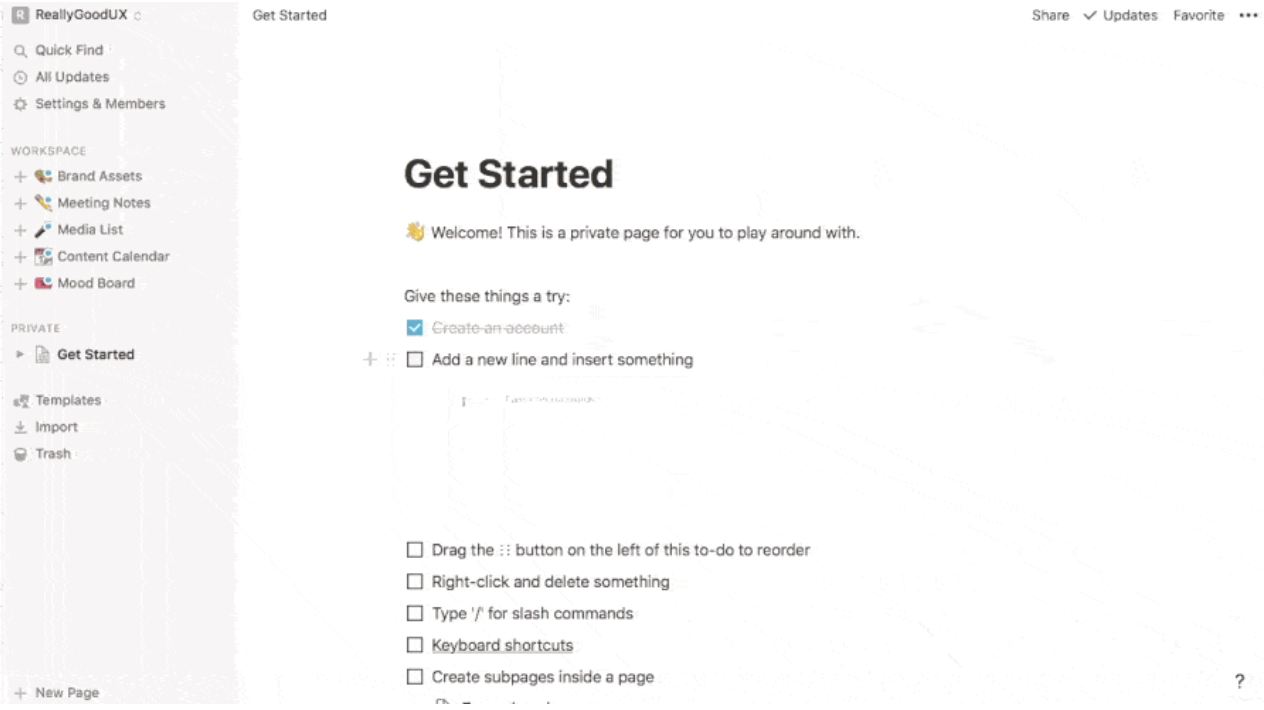
Activation varies with each product. Below is Loom’s onboarding flow which shows the variance.
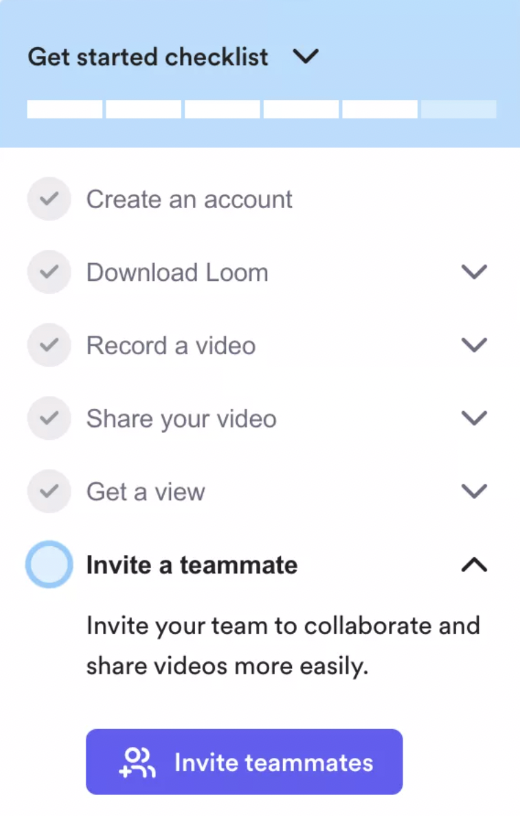
Interactive walkthroughs to perform actions
An interactive product tour such as the one Typeform uses to create a demo-like environment. It adds hotspots and beacons to direct users and easily explains the rather complicated features. Interactive walkthroughs over a regular video demo allows users to get a taste of the features and understand them with greater depth. It allows the users to take the requisite steps for activation as well.
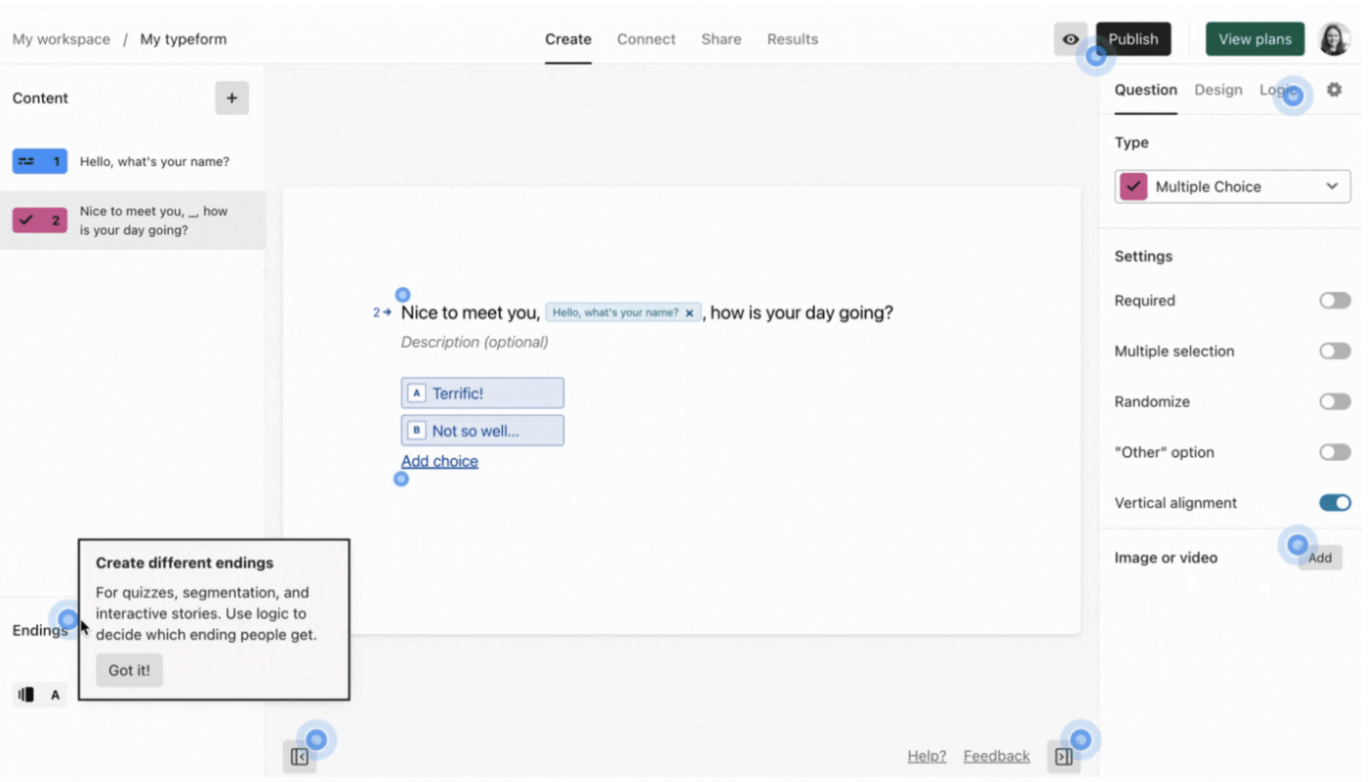
Personalised onboarding
Understanding the persona and tailoring the journey as per their requirements enables one to create a personalized experience. The user can be guided to the relevant features and use cases. It will enable them to draw the maximum value from the product and take them to the point of activation more quickly.
Canva does this with their opening screens. They understand the persona and accordingly drive the onboarding process for them.
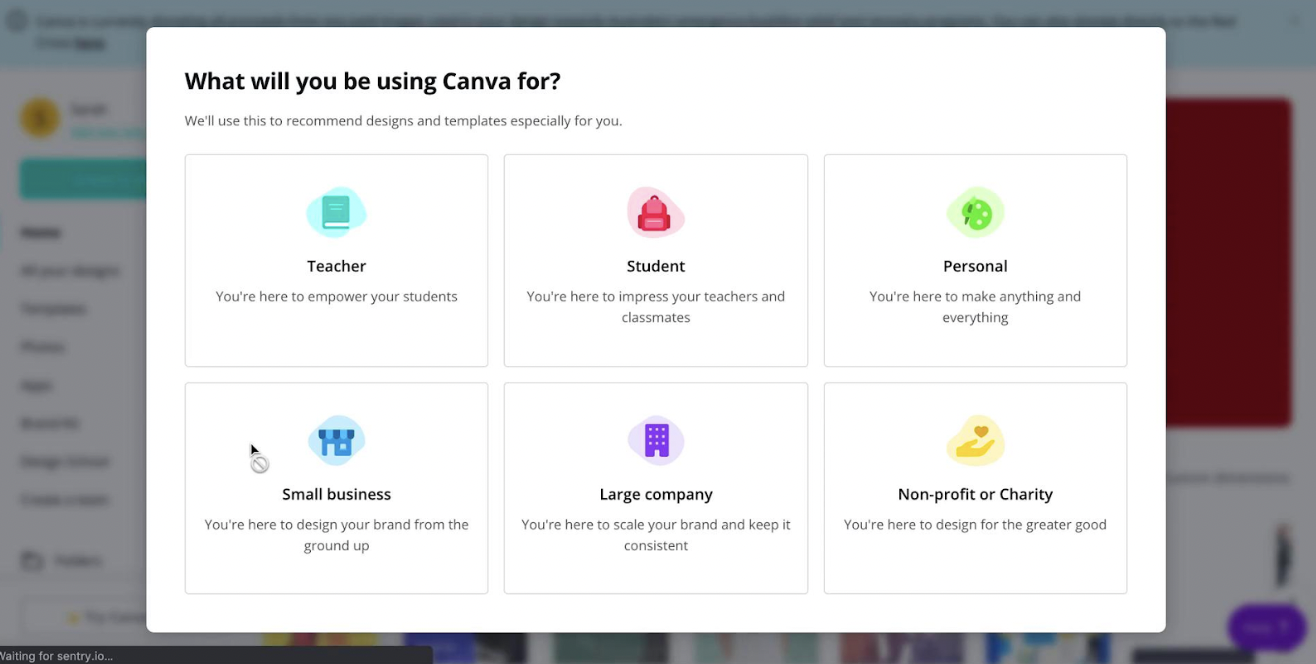
Immediate value on onboarding
Providing immediate delight to the customer immediately on onboarding goes a long way towards activation. Through gamification and its initial lessons Duolingo is able to this very well and is able to offer the ‘aha moment’ very early in the user journey.

Offer in-app support
In-app support in the form of a help center, chatbot or a guiding doc enables users to solve for any queries that might arise in the onboarding process. Self-serve support in the form of documents, short videos helps drive the user to activation. Miro does this through their in-app center which includes a multitude of resources to help the user.

Loom offers multiple videos to help the user throughout their onboarding process.
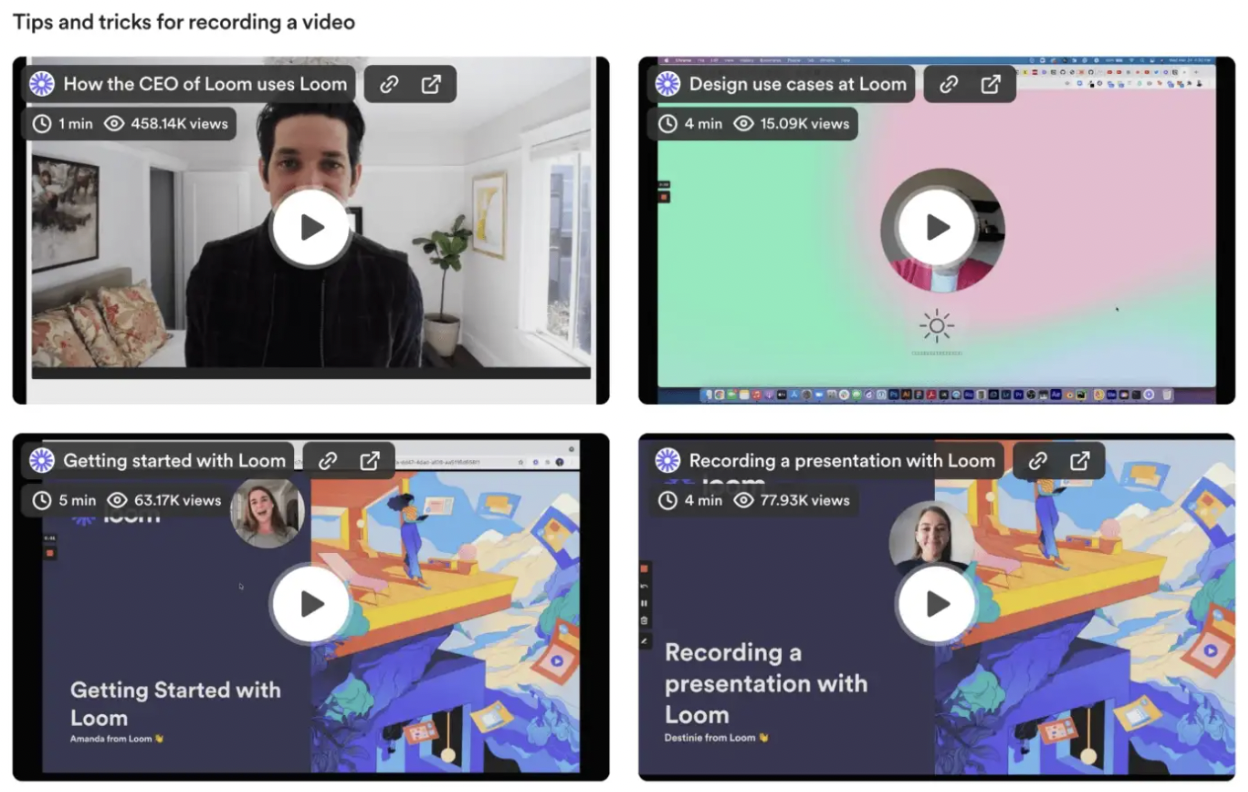
Emails
Emails are an old-school yet very efficient method of driving activation. Emails ranging from personalised onboarding mail to re-engagement emails to email notifications about new features go a long way in activating the user.
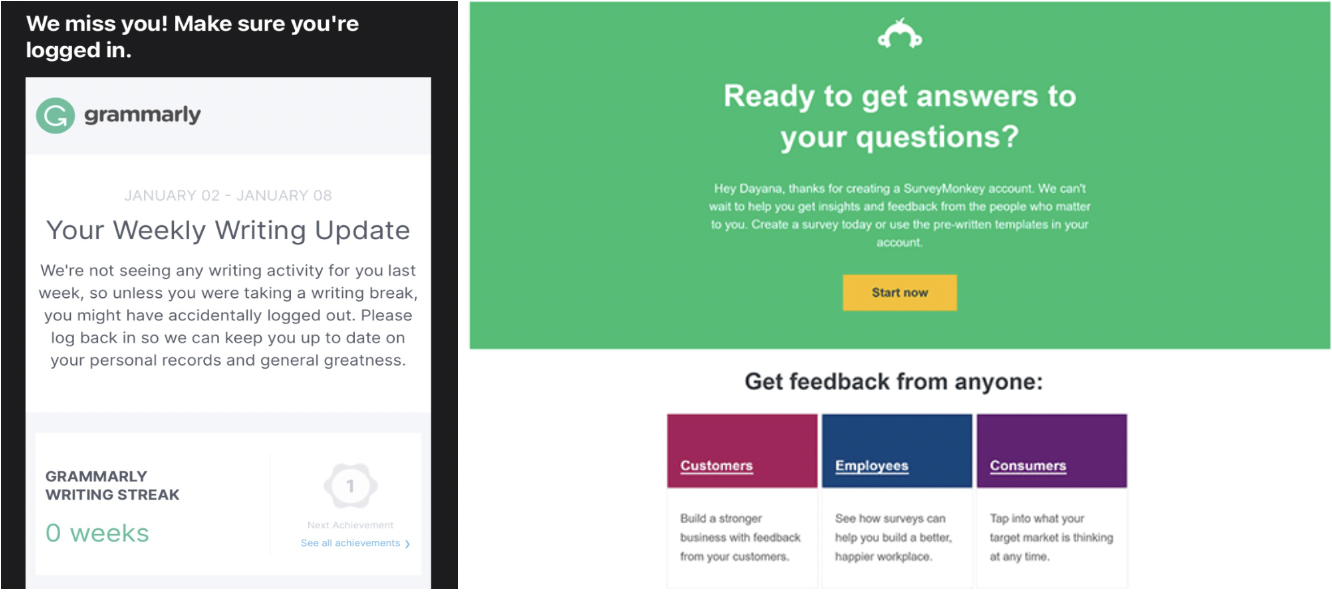
Customer support
Having guided onboarding and full-time proactive customer support with a user is still one of the most effective methods of activating users.
- Goal-setting/Strategy Calls. A free strategy call to identify the user’s problem and suggest the most appropriate way to use the product to solve it.
- Guided onboarding. Work with the user to help them extract the requisite value out of the product and ensure that they are aware of the most relevant features.
- Provide customer support. Ensure a customer support team which is available at all times to solve their queries
- Live chat. Offer help from a customer service agent who can assist the users along the way.
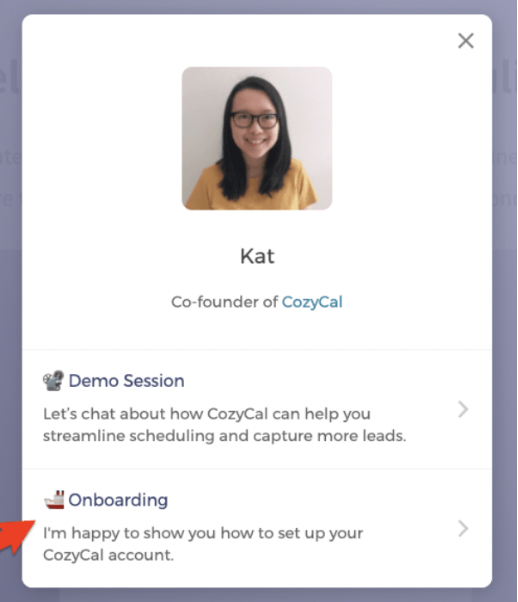
How to identify the right users to activate?
While all the processes are in place, it is critical to understand which users to target. Onboarding and sales teams face issues in understanding which users to target for activation, engagement, retention and conversion. To help you segment your users and identify the right activation playbook to run at the right time Toplyne comes into play. With Toplyne, your business can automate the process of segmenting leads based on their intent and determining the best in-product nudge to run.
Here’s how Toplyne can help you
Here are a few ways Toplyne can help product led growth companies activate their user base:
- Integration: Toplyne integrates with your CRMs (Salesforce, Hubspot), customer engagement platforms (Braze), and product analytics infrastructures (Amplitude, Segment).
- Assessment: The software can then aid by:
- Assessing complex patterns in large volumes of product usage data
- Identifying existing customers and accounts to activate, convert and engage
- Experimentation: Toplyne lets growth marketing teams at product led companies rapidly experiment and deploy various activation playbooks at scale. This includes driving self-serve conversions through in-product nudges (chatbots, paywalls, promos) and sales-assisted conversions through a high-velocity internal sales team.
Your empowered revenue team can now focus on users who show real intent rather than chasing leads that will never convert
Oh, and the proof of the pudding?
Teams at top SaaS companies like Canva, Invideo, and Gather have already monetized their product led growth using Toplyne.
Updated almost 2 years ago
